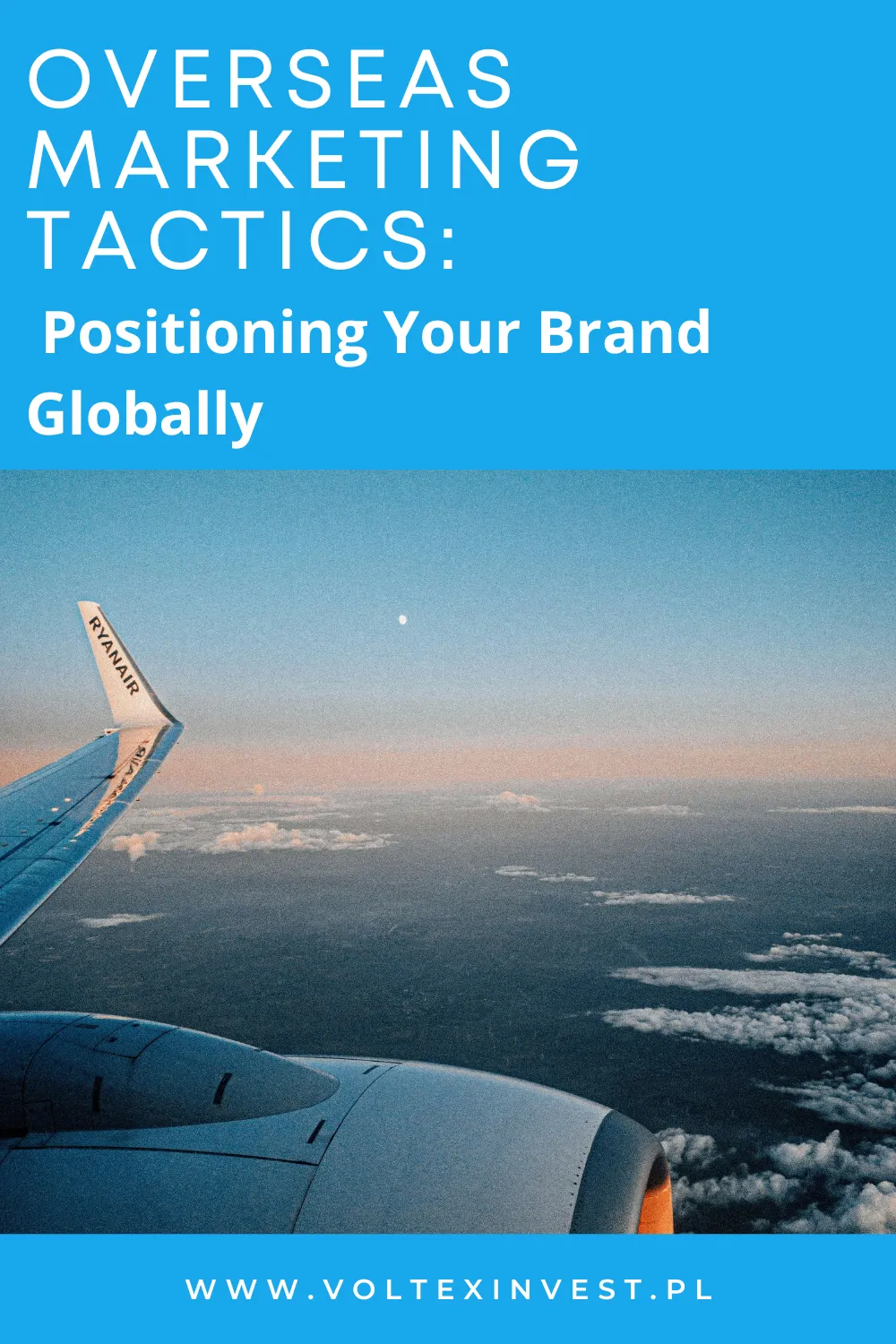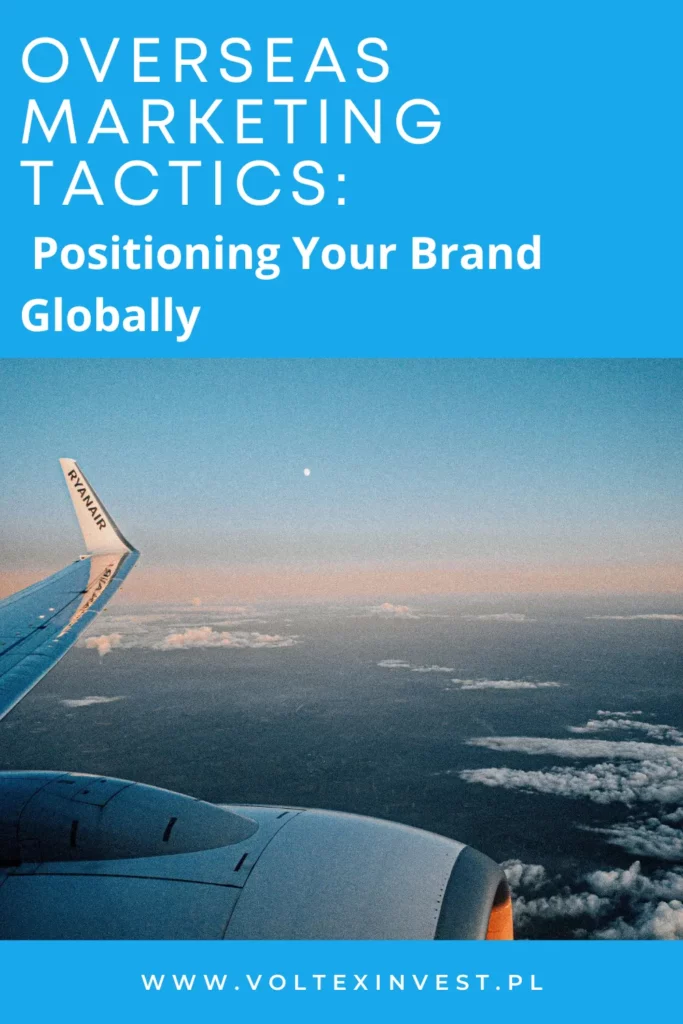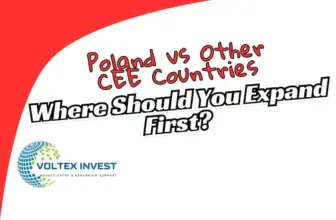
In today’s increasingly interconnected world, expanding your brand beyond domestic borders is not just an option—it’s a strategic imperative. For businesses seeking long-term growth, entering international markets offers exciting opportunities. However, global expansion comes with unique challenges that require careful planning and execution. The key to success? Adapting your overseas marketing tactics to effectively position your brand on a global scale.
In this article, we’ll explore powerful overseas marketing strategies and tips to help your brand thrive in foreign markets while maintaining a strong, unified identity.
Overseas Marketing Tactics

Why Global Brand Positioning Matters
Global brand positioning is about how your brand is perceived in different international markets. Without a clear positioning strategy, your brand might fail to resonate with local audiences, even if your product or service is world-class.
Strong global positioning helps:
- Build trust and credibility
- Create consistency across multiple markets
- Drive customer loyalty in diverse cultures
- Maximize marketing ROI in international campaigns
This is where expert support can make a real difference. At Voltex Invest, we specialize in helping brands develop and execute strategic global marketing plans. With our hands-on support and in-depth understanding of diverse international markets, we help our clients expand with confidence and clarity.
1. Conduct Thorough Market Research
Before entering a new market, in-depth research is essential. You need to understand local consumer behaviors, preferences, competitors, legal regulations, and cultural nuances.
Key research areas include:
- Demographics and psychographics of your target market
- Local competitors and market gaps
- Consumer buying habits and digital behavior
- Cultural sensitivities and language
- Economic and political stability
Use tools like Google Market Finder, Statista, or local government trade portals to gather insights. Partnering with local market research firms can also offer valuable on-the-ground perspectives.
2. Localize, Don’t Just Translate
Localization goes far beyond language translation. It involves adapting your content, messaging, visuals, and even product design to align with the local culture and consumer expectations.
Effective localization includes:
- Translating website and marketing content with cultural nuance
- Using local idioms, humor, and references
- Adapting product packaging, labeling, and measurements
- Adjusting colors and imagery to match cultural norms
- Reflecting local holidays and events in campaigns
This ensures your brand feels native to the market rather than foreign or out of touch.
3. Build a Globally Consistent Brand Identity
While localization is critical, consistency is key to maintaining a strong global brand. Your brand’s mission, core values, tone of voice, and visual identity should remain recognizable no matter the market.
Tips for brand consistency:
- Create a comprehensive brand style guide
- Train international teams on brand voice and visual standards
- Centralize high-level brand decisions while allowing local execution
- Use cloud-based DAM (digital asset management) tools for brand materials
Think globally, act locally: strike a balance between global cohesion and regional customization.
How Voltex Invest Supports Global Brand Growth
At Voltex Invest, we go beyond consultancy—we become a true strategic partner in your international expansion. From market entry strategies and localization plans to legal compliance and performance tracking, we provide end-to-end support tailored to your goals.
Our team of experts helps brands:
- Identify and evaluate promising international markets
- Develop culturally adapted branding and messaging
- Optimize digital marketing across global platforms
- Build local partnerships and distribution networks
- Ensure legal and operational compliance in target regions
Whether you’re launching in a single country or scaling across continents, we’re here to guide every step of your journey.
4. Leverage Digital Channels Strategically
Digital marketing plays a pivotal role in global brand positioning. However, the platforms and content formats that work in one region may not perform the same elsewhere.
To optimize global digital marketing:
- Identify regionally dominant platforms (e.g., WeChat in China, LINE in Japan)
- Adapt SEO strategies to local search engines (e.g., Baidu, Naver, Yandex)
- Tailor content formats (video, blogs, infographics) to audience preferences
- Consider local influencers or micro-influencers for authentic engagement
- Invest in localized paid ads with geo-targeting and language segmentation
Develop multilingual, mobile-first websites and consider local domain extensions (.uk, .de, .jp) to boost local SEO.
5. Partner with Local Influencers and Brands
Building trust in a new market is easier with local credibility. Strategic partnerships with local influencers, businesses, or distributors can fast-track your brand’s entry and acceptance.
Effective partnerships may include:
- Collaborating with respected local influencers for campaigns
- Co-branding or product bundling with established local brands
- Partnering with local distributors for market penetration
- Engaging with local NGOs or community programs to build goodwill
These collaborations offer valuable social proof and increase brand visibility in unfamiliar territories.
6. Adapt Your Pricing and Positioning Strategy
What’s considered affordable or premium can vary drastically by region. Pricing strategies should reflect the local purchasing power and consumer expectations.
Considerations for pricing internationally:
- Currency exchange rates and economic conditions
- Local competitors’ pricing structures
- Cost of logistics, tariffs, and taxes
- Psychological pricing trends (e.g., charm pricing like $9.99)
- Market segmentation—offer tiered pricing where possible
Clearly communicate the value proposition of your product or service in a culturally relevant way.
7. Navigate Regulatory and Legal Differences
Different countries have different rules for advertising, data privacy, product labeling, and e-commerce. Compliance is critical to avoid legal issues and reputational damage.
Checklist for legal compliance:
- Local advertising and data protection laws (e.g., GDPR in Europe)
- Import/export restrictions and tariffs
- Product certifications and safety standards
- Taxation and business registration
- Intellectual property rights
Partner with international legal advisors to ensure smooth market entry and operations.
8. Invest in Global Customer Support
Exceptional customer service is a global brand differentiator. Offering localized support helps build trust and loyalty.
Customer support best practices:
- Provide multilingual support via chat, email, and phone
- Offer local return policies and payment methods
- Use AI chatbots trained in regional languages
- Hire local support agents or outsource to trusted providers
Ensure your support processes match local expectations regarding speed, tone, and resolution style.
9. Track, Analyze, and Optimize
Marketing doesn’t end after launch. Measuring your performance and refining your tactics are crucial for long-term success.
Global marketing KPIs to monitor:
- Website traffic by country and language
- Conversion rates and ROI for local campaigns
- Social media engagement across platforms
- Customer feedback and reviews
- Brand awareness and sentiment in local media
Use tools like Google Analytics 4 (GA4), Semrush, and regional social monitoring platforms to collect and interpret data.
10. Be Patient and Persistent
Global success doesn’t happen overnight. International brand positioning is a marathon, not a sprint. Be prepared to iterate and learn continuously.
Some markets may require longer-term investment before you see significant returns. Don’t pull the plug too early. Focus on building authentic relationships, understanding evolving consumer needs, and staying flexible in your tactics.
Final Thoughts
Positioning your brand globally opens up massive growth potential, but it requires smart strategy, cultural intelligence, and consistent execution. With the right overseas marketing tactics—and the right partners—your brand can connect meaningfully with international customers and become a trusted name around the world.
At Voltex Invest, we’re passionate about helping ambitious brands make their mark globally. If you’re ready to expand your reach, we’re here to help you craft a winning international strategy from the ground up.
Let’s take your brand global—together.
Contact Voltex Invest today to schedule a free consultation and discover how we can support your international growth journey.
Frequently Asked Questions (FAQ)
What are overseas marketing tactics?
Overseas marketing tactics are strategies businesses use to promote and position their brand in international markets, considering local cultures, languages, and consumer behaviors.
Why is global brand positioning important?
Global positioning ensures your brand is perceived consistently and positively across markets. It helps build trust, increase brand loyalty, and improve ROI in new regions.
How does Voltex Invest support global expansion?
Voltex Invest offers full-service support including market research, localization, digital marketing, legal compliance, and local partnerships to help businesses enter and thrive in foreign markets.
What is the difference between localization and translation?
Translation converts text word-for-word into another language. Localization adapts the entire message—including visuals, tone, and cultural references—to suit the local audience.
Can small businesses go global?
Yes! With digital tools and expert guidance from partners like Voltex Invest, even small businesses can successfully expand into international markets with the right strategy.
How do I choose which market to expand into first?
Start with thorough market research. Voltex Invest helps you analyze demand, competition, legal landscape, and cultural fit to identify high-potential target markets.
What digital platforms are most effective globally?
It depends on the region. For example, WeChat is dominant in China, while Instagram and Facebook work well in North America and Europe. Voltex Invest tailors your strategy to the local platform landscape.












